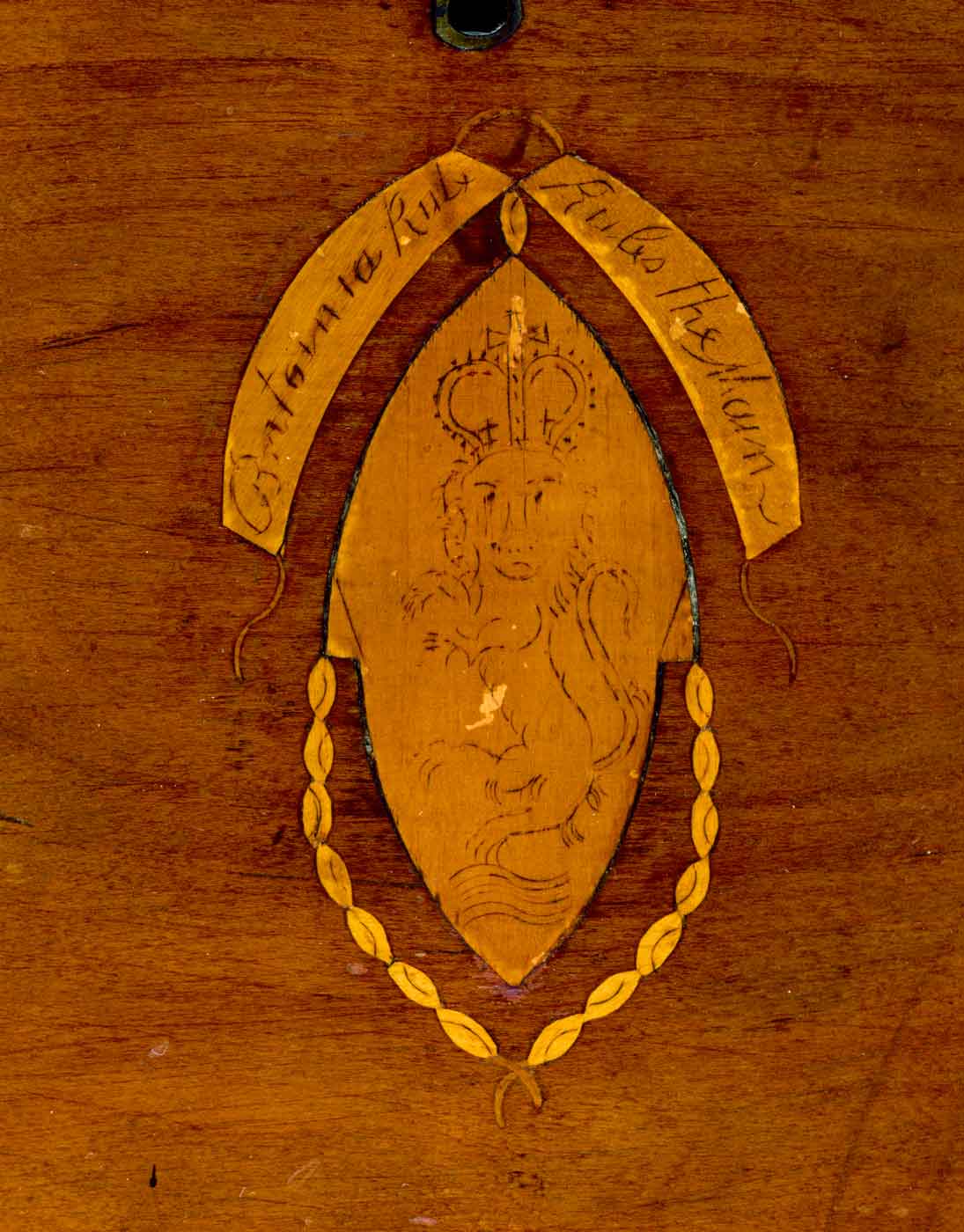What did a Rhode Island whaler, a Philadelphia merchant, and a South Carolina plantation owner have in common? In the 18th century, not much. Yet somehow their colonies (and 10 others) sitting at the edge of the British Atlantic World were able to find enough common ground to create and sustain a new country.
The North American Eastern seaboard hosted 13 unique entities under the British Crown. Each had its own government, its own social conventions, its own ideas about religious toleration. Each regarded the others with curiosity and occasionally disdain. Virginia viewed North Carolina’s money as worthless. North Carolina banished convicted felons to New Jersey. New Jersey and New York went to “war” over their border, skirmishing on and off for over 60 years. These are just a few examples of how contemptuous and petty the illustrious 13 original colonies were before the Revolution.

So how did they do it? How were these independent colonies able to band together to create an independent nation?
It turns out that their common interests proved stronger than their differences. The cultural bond between each of the colonies and the mother country was robust, but it also provided a common “language” that the colonies could use to speak to each other. British policy after the Seven Years War also brought the colonies together. Despite all the infighting, the judgment, and spitefulness, the British North American colonies resolved to be British no more.
While each of the colonies had their own relationship with Britain, there were important points of overlap. Just like free-born British subjects in other parts of the Empire, white Anglo-Americans thought of themselves as British. Because of this, they demanded the same rights and freedoms as those born in Britain. These notions had been part of the colonial experience for over a century before the Revolution and even shaped the philosophy of governance in what became the United States.

Other pre-revolutionary commonalities included imports of British goods and culture. Items came from all over the globe but passed through Britain’s mercantile system. This made the same types of goods available throughout the colonies, creating another point of connection between them. The Rhode Island whaler and the Philadelphia merchant were both put out when tea was no longer an acceptable beverage. But it was more than tea leaves that brought the colonies together. The act of “taking tea” was a British cultural export, as were fashion, manners, and affectations. The colonies did not embrace every aspect of British culture, but each colony was able to recognize itself in the behaviors and goods of the rest of British North America.

British politics after the Seven Years War brought the issues of British rights and British goods together, changing the way the colonies thought about each other. The Stamp Act directly taxed newspapers, almanacs, playing cards, and other paper products. While the South Carolina plantation owner and the Rhode Island whaler may have never sat down to play together, had the Stamp Act gone into effect, they would have been playing with the same taxed cards. Parliament punished Boston after the Tea Party with what was known in the colonies as the Intolerable Acts. The British navy bottled up Massachusetts Bay, making trade and other seafaring activities impossible. The other colonies realized that if the navy could close Massachusetts Bay, there was nothing stopping them from doing the same to the Chesapeake Bay or the mouth of the Delaware River.

The more pressure the British put on their North American colonies, the more empathetic they became towards each other. Open communication through the Committees of Correspondence, standing in solidarity with each other in times of crisis, and collaborating in Continental Congresses made Patrick Henry’s 1774 quote conceivable: “The distinctions between Virginia, Pennsylvanians, New Yorkers, and New Englanders are no more. I am not a Virginian but an American.”

Dr. Kelly M. Brennan is an historian in the Historical Research and Digital History department. While working on her doctorate at William and Mary, she wore many hats at the Foundation -including giving tours in costume and working for Teacher Institute. These days, she can also be found on the streets of Williamsburg as a storyteller for Colonial Williamsburg’s Haunted Williamsburg program.
Colonial Williamsburg is the largest living history museum in the world. Witness history brought to life on the charming streets of the colonial capital and explore our newly expanded and updated Art Museums of Colonial Williamsburg, featuring the nation’s premier folk art collection, plus the best in British and American fine and decorative arts from 1670–1840. Check out sales and special offers and our Official Colonial Williamsburg Hotels to plan your visit.
